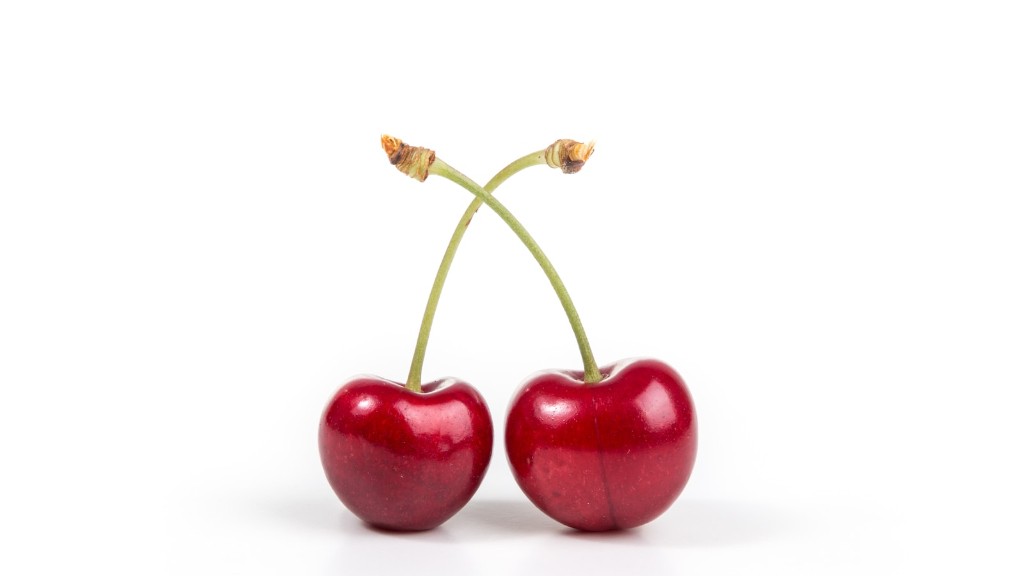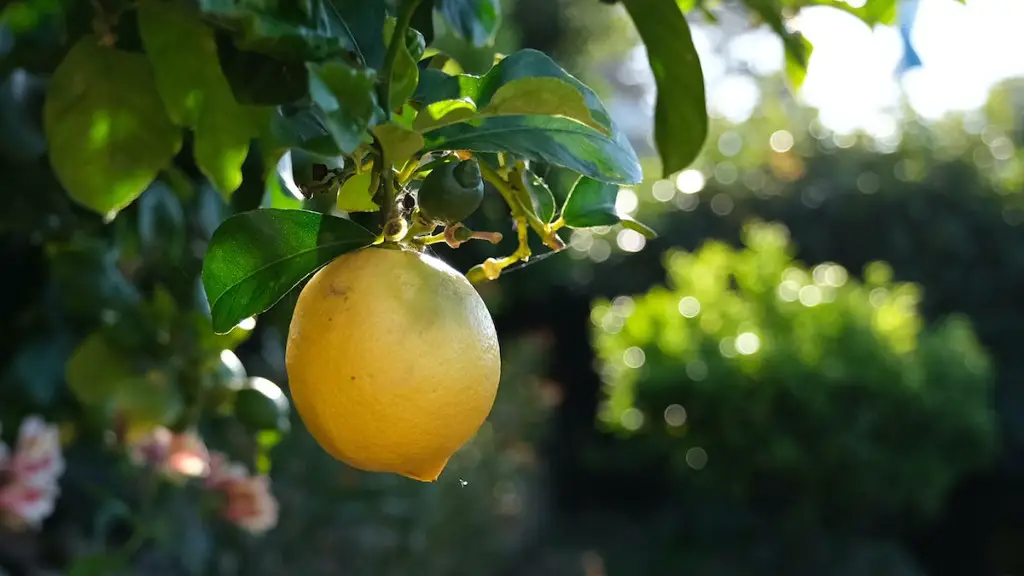Growing a lemon tree can bring hours of enjoyment, as well as a bounty of delicious, acidic fruit at the end of it. Taking steps to ensure adequate lemon harvest is beneficial for a tree owner, as well as increasing the deliciousness of the freshly-picked fruit. Here’s how to get the best out of your lemon tree:
Start with the basics. Intake of soil nutrients, adequate sunlight, and proper watering are essential for the optimal growth and health of a lemon tree. Maintaining the ideal conditions will ensure proper lemon development and aid in effectively harvesting the fruit.
Fertilize the tree with a lemon-specific nutrient blend. Natural options such as compost, bonemeal, and manure can supplement existing soil nutrients and assist in providing the necessary vitamins and minerals for a healthy lemon tree. Adding it regularly will ensure the tree’s proper growth.
Prune it. Removing any dead, diseased, or damaged branches as soon as they appear will help the tree stay healthy and encourage new growth. Pruning will also open the canopy of the tree and promote air circulation, ensuring that otherwise shaded lemons get adequate sunlight.
Encourage blossom growth. By keeping the tree properly hydrated, the odds of pollination will improve and pollinators can more easily do their job. This will encourage the growth of more blossoms and more lemons.
Harvest according to ripening time. Lemon trees don’t ripen all their fruit at the same time. Timeliness is key when it comes to harvesting, because once the fruit falls off, it declines in quality quickly. Observing the tree carefully will ensure that the fruit is picked at its ripest.
Protect the tree. Covering the tree with a black plastic sheet helps protect the lemons from birds, pests and other elements that can damage or take away the fruit. The plastic sheet will also help keep the lemons clean and free of rot.
Pruning the Lemon Tree
The pruning of a lemon tree should be done with care, to ensure the bush retains its shape. Pruning can help improve the overall health of the tree, aid in increasing fruit size by limiting overcrowding, and optimize the amount of sun exposure for lemons. Remove any unhealthy, dead, diseased, or damaged branches, and prune away any excessively drooping or weak branches from the trunk of the tree. Consider pruning away larger secondary branches to improve air circulation within the tree, and to allow light to penetrate the center.
It is important to note that pruning should not take away more than 20-30% of the entire tree canopy in any given season. Doing so could create an imbalance in nutrient distribution within the tree, since established growth is needed to funnel energy and nutrients to the remaining branches. Prune wisely to keep the additional growth in balance with the existing foliage.
The regular trimming of the lemon tree branches is also recommended, as this can help improve fruit quality, size, and flavor. Prune off any small, flowerless twigs that could suck away valuable energy from the tree, and deform or squeeze off the lemons.
Ideally, prune right after the harvest season so that new growth occurs before the hot summer months. It is important to use sharp pruning tools, and to trim at a 45-degree angle to make clean cuts. This will ensure good air circulation between the branches and ensure proper healing.
For further information, seek advice from local agricultural experts, who will be able to provide insight on how to best care for and prune the lemon tree for optimal growth. As an added caution, always wear gloves and safety goggles when pruning and maintaining a lemon tree.
Harvesting and Storage
Choose the right time to harvest the lemons, carefully considering the colour and feel of the fruit. If the lemon is lighter in color and beginning to feel wrinkly, it is ready to pick. Use garden shears to snip off the stems and collect them in a basket. For larger quantities, use a ladder and long-handled tool to access the higher branches.
Clean the freshly harvested lemons by wiping away any dirt or debris with water or a damp cloth. If needed, follow up with a gentle rub with some salt and lemon juice or white vinegar to remove any residue. This will help ensure that the lemons stay fresh for a longer period of time.
Once cleaned, store the lemons in a cool, dark place such as a drawer lined with paper towels. Keep an eye out for any discolored spots and immediately remove them, as this is a sign of decay. Lemons can be stored in plastic baggies, but with some holes poked in it to allow air to circulate. This will ensure that the lemons stay fresh until their next use.
Precut lemons can also be stored in an airtight container in the refrigerator. Fill the container with water, add a few drops of lemon juice, and place it in the crisper drawer. This allows the fruit to remain fresh and plump for extended periods of time.
To freeze lemons, slice them into discs or wedges, place them on a plate or baking sheet lined with parchment paper, and freeze them. Once they are completely frozen, transfer them to a plastic bag or airtight container.
Making Home Remedies
Lemons are known for their healing properties, and have been used for centuries to treat a variety of health conditions. Lemon juice can be used for gargling as a natural remedy for sore throats and colds, and it can also be applied to skin irritations and blemishes to help soothe the affected area.
Additionally, lemons can be used in combination with honey as a natural immunity booster. The combination of vitamins, antioxidants, and minerals found in lemons and honey can work together to boost the body’s defenses and protect its cells against any damage done by external sources.
Mixing lemon juice and warm water is also a great way to cleanse the body, kick-start its metabolism, and flush out any toxins. Additionally, lemons can be used as part of a detox program. They can be consumed as part of healthy meals or juice cleanses.
Likewise, both dried and fresh lemon peels can also be used in a variety of home remedies. Dried lemon peels can be used as a natural air freshener, and blended with baking soda and oil to create a pungent-smelling scrub for use on tile surfaces.
On the other hand, fresh lemon peels can be boiled and simmered in a detergent to create a natural cleaner. They can also be sprinkled on counter tops to neutralize odors, or stewed with herbs and essential oils to create a spa-like atmosphere.
Conclusion
Lemons offer a variety of culinary, medicinal, and home care uses. Taking steps to ensure that your lemon tree stays healthy and is properly cared for can help maximize your harvest and ensure that you have plenty to enjoy or use in various ways. Pruning, fertilizing, and harvesting with care will help you get the most out of your lemon tree.




